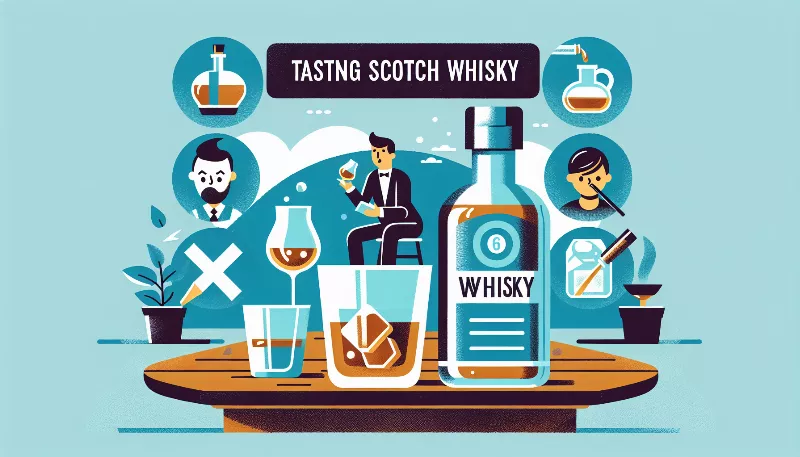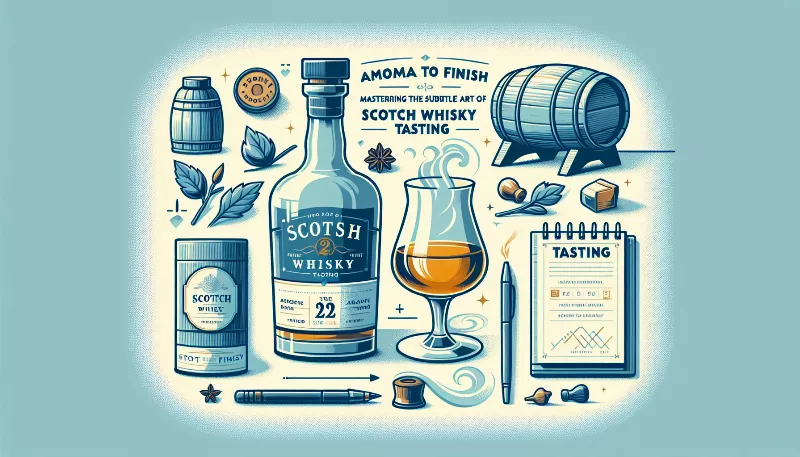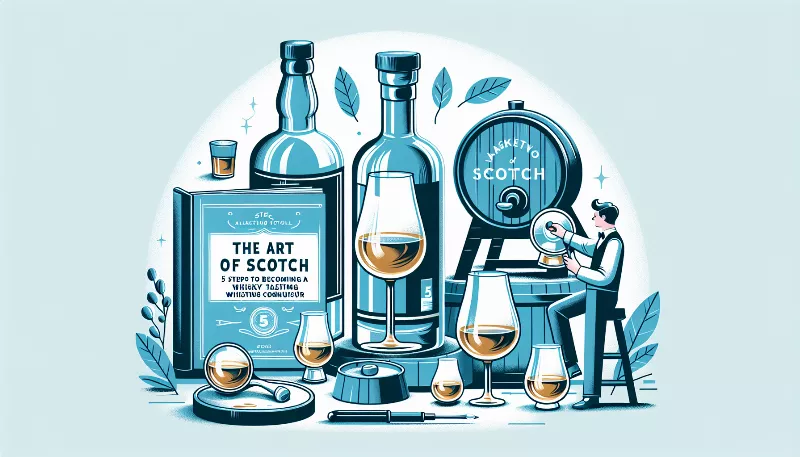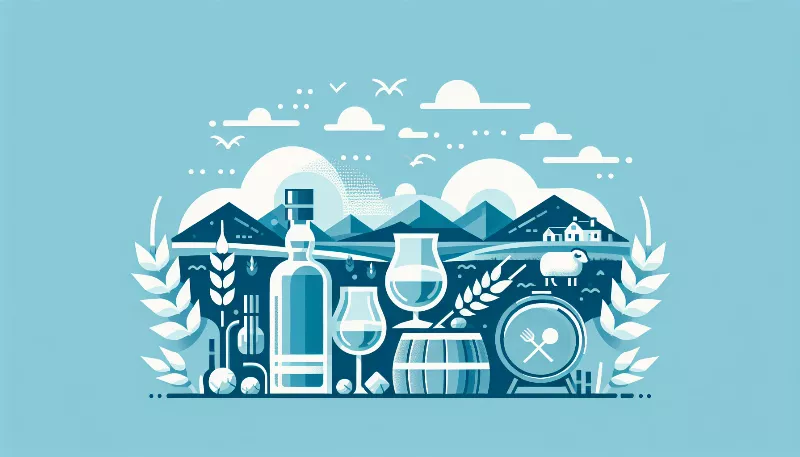The Water of Life: Exploring the Rich History of Scotch Whiskey
Dive into the legacy of Scotch Whiskey, from ancient distilleries to modern drams. Savor the tales of Scotland's finest export in our captivating read.

The Water of Life: Exploring the Rich History of Scotch Whiskey
Embark on a spirited journey through time as we delve into the rich tapestry that is the history of Scotch whiskey. Often referred to as 'the water of life,' Scotch has captivated the hearts and palates of connoisseurs and casual drinkers alike for centuries. Its story is one of tradition, innovation, and the unwavering pursuit of excellence.
A Distilled Heritage
The origins of Scotch whiskey can be traced back to the early days of medieval Scotland. Monks, skilled in the art of distillation, are credited with introducing the technique to the Scots. Initially used for medicinal purposes, the distilled spirits soon became a staple of Scottish life. The first written mention of Scotch whiskey dates back to 1496, when an entry in the Exchequer Rolls of Scotland noted an ample supply of malt to Friar John Cor, for the making of 'aqua vitae'—the water of life.
The Birth of an Industry
By the 18th century, Scotch whiskey had evolved from a cottage industry to a burgeoning trade. The introduction of the Excise Act in 1823 legalized distilling for a license fee, paving the way for the modern Scotch whiskey industry. This act also encouraged the development of commercial distilleries, which began to flourish throughout Scotland.
Geography and Gastronomy
Scotland's diverse geography has played a pivotal role in shaping the distinct flavors of Scotch whiskey. From the peaty, smoky whiskies of Islay to the light and floral notes of the Speyside region, the land imparts unique characteristics to each dram. The water used in the distillation process, often drawn from crystal-clear streams and springs, is just as important as the peat used to dry the malted barley, influencing the final taste of the whiskey.
The Art of Aging
Scotch whiskey is renowned for its aging process. By law, it must be aged in oak barrels for at least three years, but many distilleries go well beyond this minimum. It is during this time that the spirit mellows and acquires flavors from the wood, developing complexity and depth. Some of the most sought-after Scotch whiskies have been aged for decades, their prices reflecting the time and care invested in their creation.
Innovation and Tradition
While deeply rooted in tradition, the Scotch whiskey industry has never shied away from innovation. Distillers experiment with different barrel finishes, such as sherry or port casks, to add new dimensions to their whiskies. The rise of single malt Scotch in the 20th century—a whiskey from a single distillery made exclusively from malted barley—has further diversified the market and introduced a new era of aficionados to the nuances of this storied drink.
Global Recognition
Today, Scotch whiskey enjoys global recognition and prestige. It is not only a major contributor to the Scottish economy but also a symbol of Scotland's heritage and craftsmanship. Whiskey enthusiasts from around the world make pilgrimages to Scotland's distilleries, eager to experience the magic of Scotch whiskey at its source.
In conclusion, the history of Scotch whiskey is as complex and captivating as the drink itself. From its monastic origins to its status as a global icon, Scotch has stood the test of time, proving that it truly is the water of life. Slàinte mhath!










